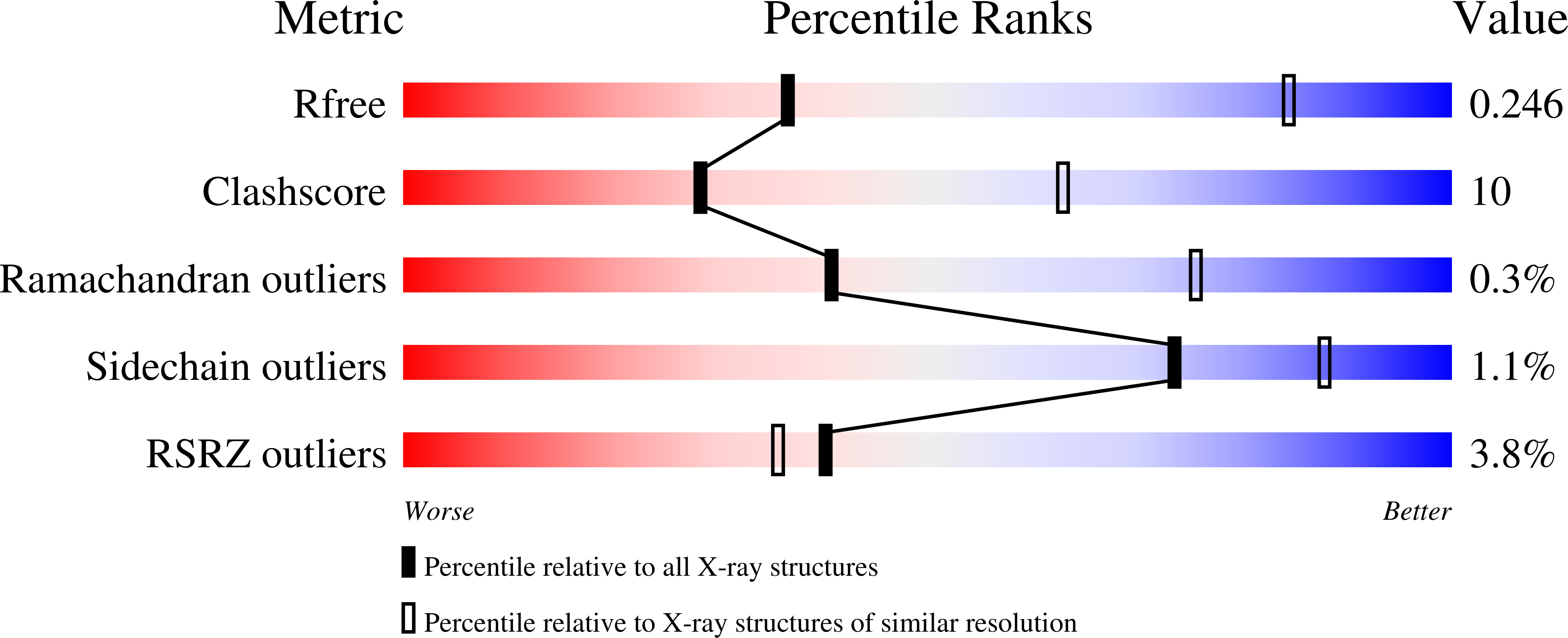
Deposition Date
2020-07-08
Release Date
2021-05-19
Last Version Date
2024-01-31
Entry Detail
Biological Source:
Source Organism:
Host Organism:
Method Details:
Experimental Method:
Resolution:
3.50 Å
R-Value Free:
0.24
R-Value Work:
0.22
R-Value Observed:
0.22
Space Group:
P 41 21 2


